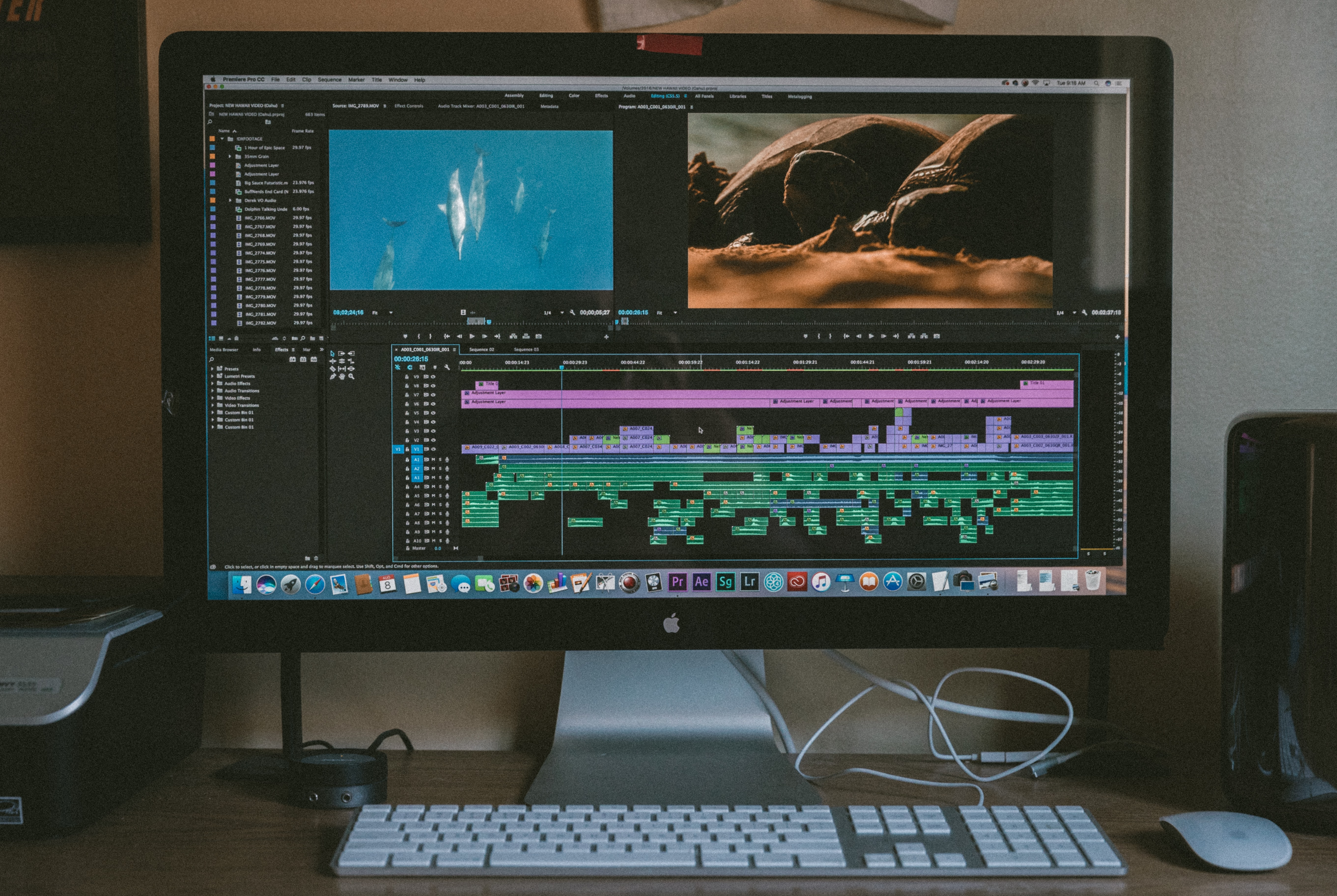

Adobe Premiere Pro: export from Simon Says and import markers directly into Premiere
Wouldn't it be a time-save if you could mark the key parts of your transcript and then have those corresponding clipsÔøΩ and their transcriptsÔøΩ available in your editing software for you or your editor to immediately start cutting with? YES! And now you can!

If you are working with Adobe Premiere Pro or any other non-linear editing software, you can now transcribe your interviews in Simon Says and directly import the bookmarked clips, or even the entire audio/video file organized into clips, into your post-production software.
This article is about adding markers onto clips and sequences in Adobe Premiere Pro.
Separately: If you want subtitles / captions in Adobe Premiere Pro: export "SRT subtitles" from Simon Says and import that to Adobe PP. Here's how.
And see here for exporting to other non-linear editing software.
Also, see the video below for exporting XML markers and subtitling in Adobe PP. To see the subtitles in a different language, click the settings icon in the video and select from an available language under Subtitles/CC.
[embed]https://youtu.be/h77CyzucaKU[/embed]
Adobe Premiere Pro markers for clips and sequences
- Once your audio / video is transcribed in Simon Says, click the Export button:

2. A pop-up will appear (like in the image below). Select "Adobe Premiere" from the options and often you will want to check "only bookmarks" if you highlighted the key rows in the transcript.
If you don't select "only bookmarks" you will get your entire transcript broken into clips that correspond with the transcript rows.
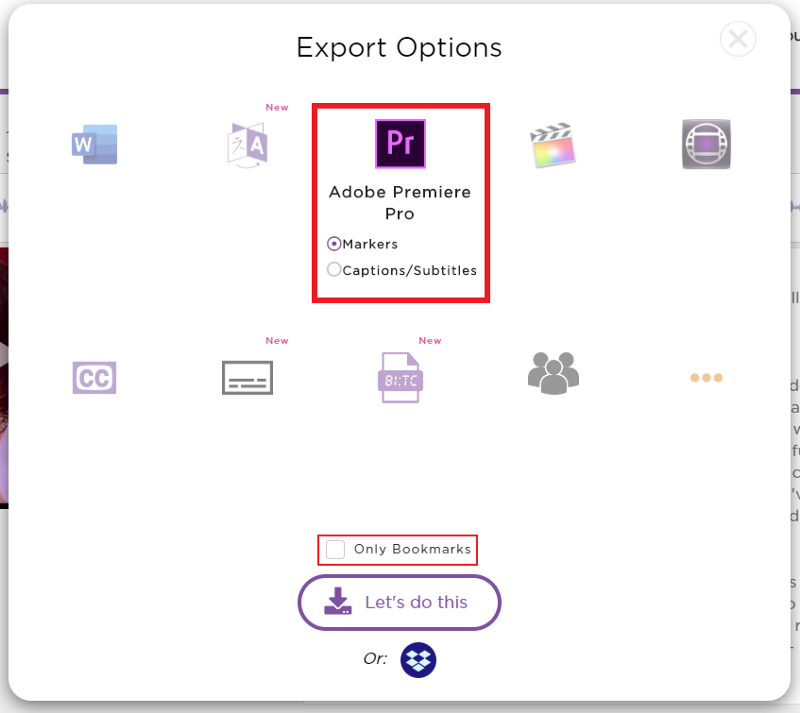
Export from Simon Says: select Adobe Premiere and you will receive a ZIP file. Unzip it and you will find an *.xml file.
3. Open Adobe Premiere Pro and create a Project. If you have the option to, match the settings (such as for the frame rate and resolution) of the media file you transcribed in Simon Says. Then go to the "File" menu and click "ImportÔøΩ" like this:
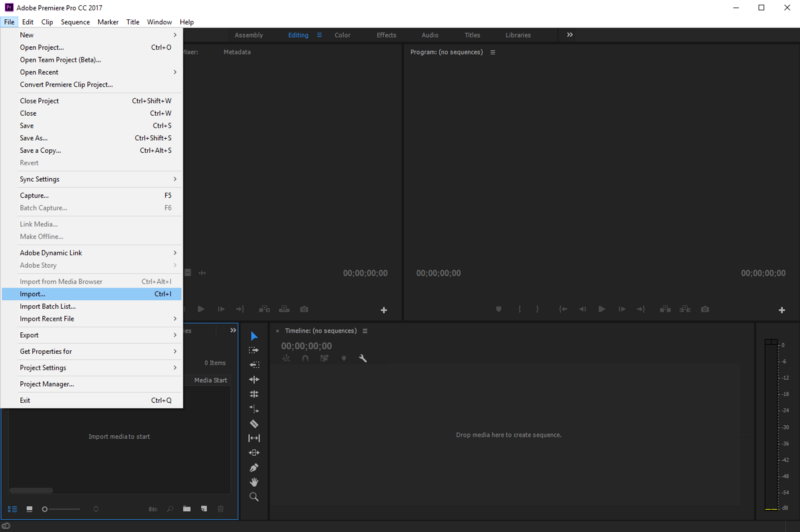
4. An Import/file chooser box will pop up. Navigate to the folder that contains the XML file and select it.
5. A Link Media box will pop up. Click "Locate" at the bottom right.
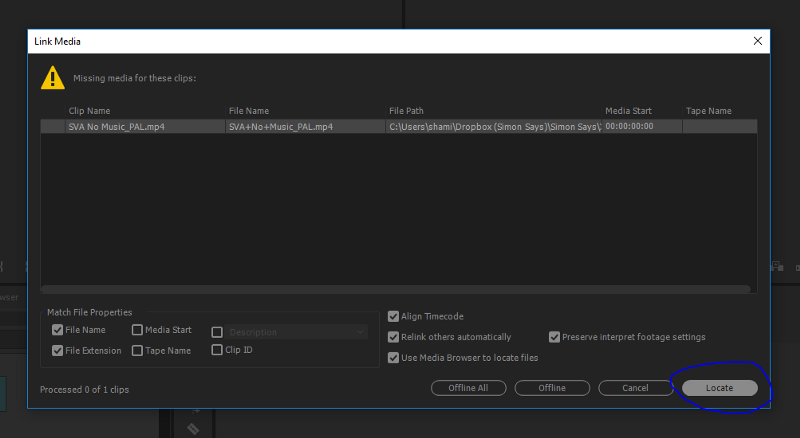
Then in the Locate File box, navigate to where the media file which you uploaded to Simon Says is on your computer. Select it.
6. TaDa! Adobe Premiere Pro will connect to the reference media file and you will see markers (with transcript text) on both the clip and a sequence which corresponds to what you saw (and heard!) on Simon Says.
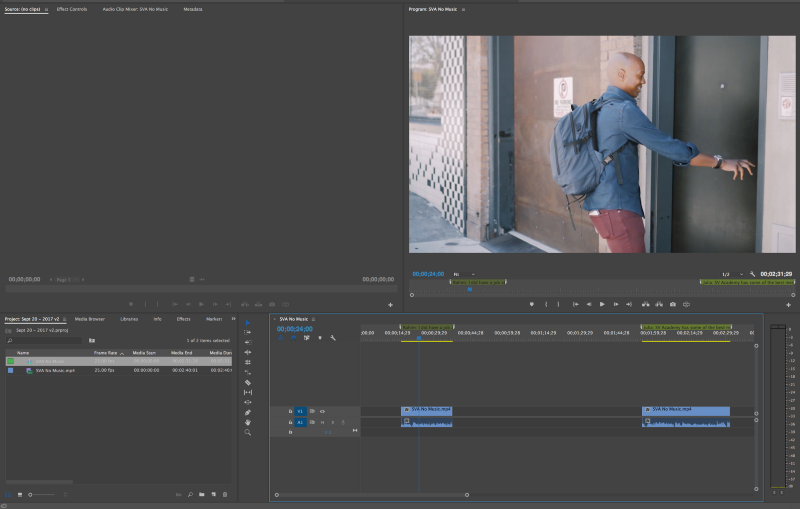
On the timecode area you will notice a green bar. This green bar will have a snippet of the transcript and when you mouseover you can see the full transcript for that clip.

Or you can see all the clips and their speakers and transcripts in the Markers window. To go to the Markers window, go to "Window" menu and click "Markers."
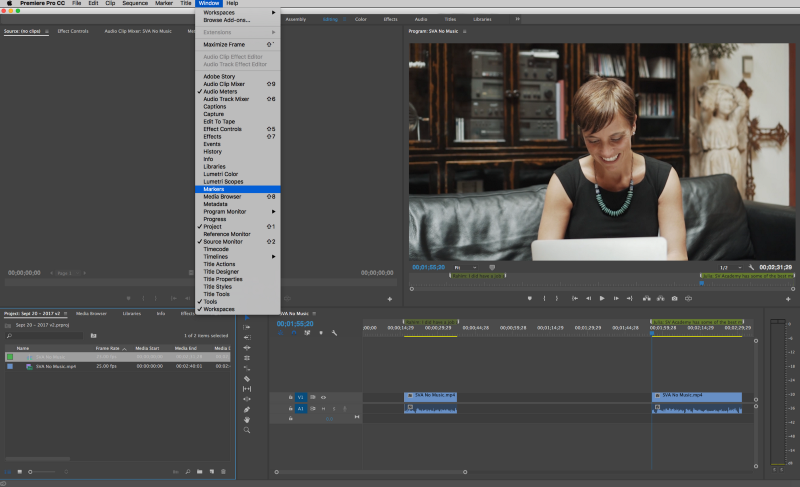
The Markers window will appear and like magic, so will your transcripts!

Notice you can search for keywords which makes finding key quotes really fast.

Now how much time will this save in identifying the right quotes in the right clips for your edit?!
To get started with transcribing and exporting with Simon Says, sign up and get 15 minutes of free transcription credits.
*If you have multiple files in your Simon Says project and you want to bring each one directly into Adobe Premiere Pro, you will need to follow the above Export steps (starting at Step 1) for each file individually.
**The method outlined above is best used at the outset of an edit and to find the key parts of your clips to edit from. If you are looking to caption an edit, we suggest export to SRT and then import the SRT to Premiere.
Automatic Transcription & Caption Software



